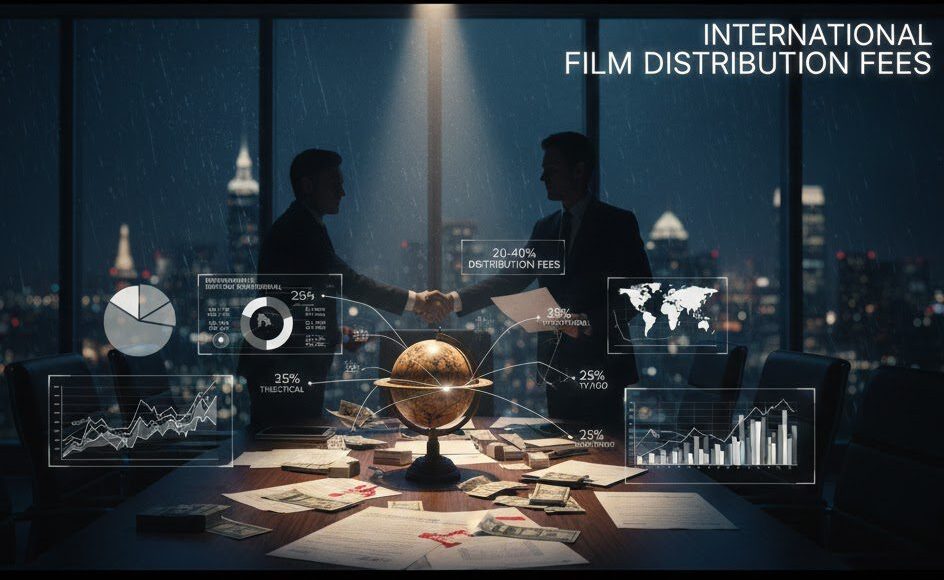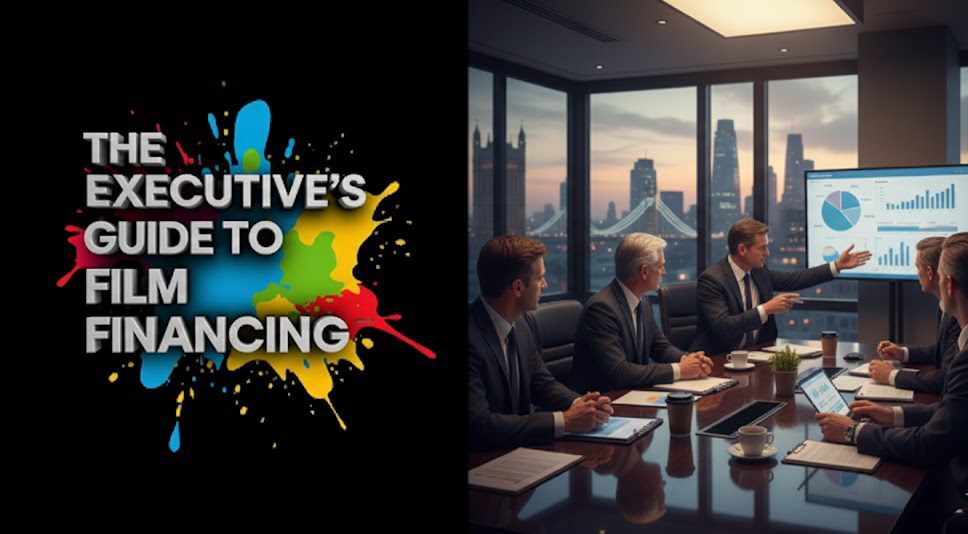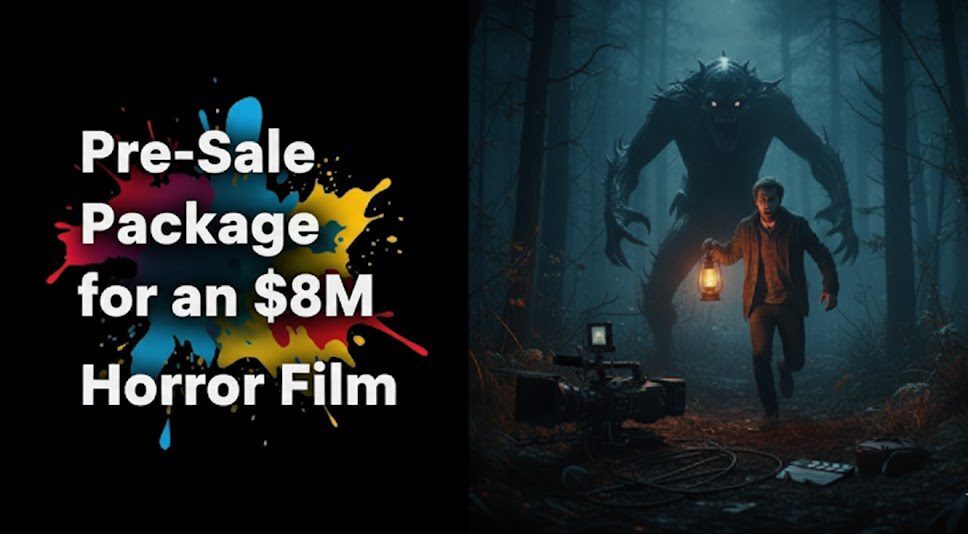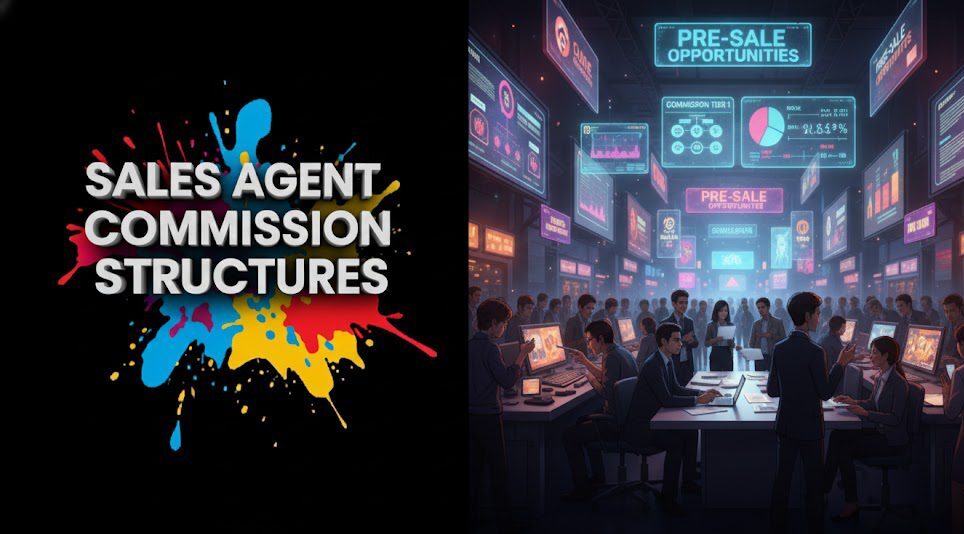Introduction
Understanding the return on investment (ROI) in movie content financing is essential for producers, investors, and financiers navigating today’s competitive entertainment landscape. From blockbuster films to indie productions, ROI serves as the ultimate measure of a film’s financial success, determining whether the project was worth the investment.
As streaming platforms, global distribution, and alternative funding models redefine the industry, stakeholders must adapt to innovative strategies to stay ahead. In this article, we’ll explore the factors influencing ROI, address the challenges of film financing, highlight emerging trends, and showcase how tools like Vitrina.ai empower professionals to optimize their investments.
Table of content
- Introduction
- Factors Influencing ROI in Film Financing
- Challenges in Achieving High ROI
- Strategies to Maximize ROI in Movies
- Role of Technology and Emerging Trends
- Revenue Streams Impacting ROI
- Vitrina.ai’s Role in ROI Optimization
- Case Studies and Practical Insights
- Future Perspectives on Movie Content Financing
- Conclusion
- FAQs
Maximize ROI in Film Financing
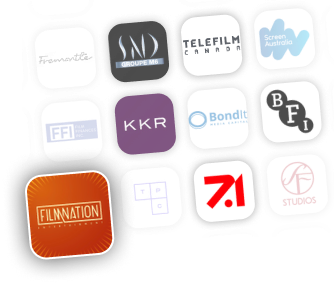
1. Factors Influencing ROI in Film Financing
Calculating ROI: The Basics
ROI is calculated using the formula:
ROI = [(Revenue – Cost) / Cost] × 100
This simple equation becomes complex when factoring in distribution fees, residuals, and secondary revenue streams.
Key Influences on ROI
- Financing Structure: Films funded through tax incentives, pre-sales, and equity investments often see better ROI as risks are shared.
- Market Trends: Projects aligned with audience demand (e.g., superhero genres or faith-based films) often outperform others.
- Revenue Diversification: Merchandise, streaming deals, and international sales significantly boost ROI.
2.Challenges in Achieving High ROI
Despite the allure of high returns, achieving a profitable ROI in the movie industry is challenging.
High Risk of Failure
Approximately 80% of films fail to break even, highlighting the industry’s high-risk nature. Poor market research, budget overruns, and shifting audience preferences are common culprits.
Unpredictable Budgets
Production and marketing budgets can spiral out of control, reducing profitability. For example, a delayed release can inflate costs while reducing the revenue window.
3. Strategies to Maximize ROI in Movies
1. Diversified Financing Models
Using crowdfunding, pre-sales, or partnerships can reduce upfront costs and spread financial risks.
- Example: The movie “Veronica Mars” raised $5.7 million through crowdfunding, achieving high ROI due to low production costs.
2. Data-Driven Decisions
AI-powered tools analyze audience preferences and script potential, helping investors identify lucrative projects.
- Example: Predictive analytics platforms guide investment choices by forecasting box office performance.
3. Leveraging International Markets
Global distribution expands revenue streams. Movies like “Parasite” and “RRR” achieved high ROI by resonating with international audiences.
Connect with Global Investors

4. Role of Technology and Emerging Trends
AI and advanced analytics tools are revolutionizing how financiers approach ROI.
AI for Predictive Analytics
- AI tools analyze scripts and historical data to predict a film’s commercial success.
- Studios using AI have reported up to 20% better accuracy in forecasting box office outcomes.
Emerging Trends in 2025
- Hybrid Financing Models: Combining private equity with alternative methods like product placement.
- Streaming First Strategies: Films designed primarily for streaming platforms have quicker ROI cycles.
5.Revenue Streams Impacting ROI
1. The Power of Streaming
Streaming platforms like Netflix and Amazon Prime are redefining film revenue models. Revenue from licensing deals often rivals box office earnings.
2. Merchandise and Licensing
Franchises like “Star Wars” generate significant ROI through merchandise, eclipsing box office profits.
3. Video on Demand (VOD)
Platforms like Apple TV and Google Play offer lucrative pay-per-view models, extending a film’s earning potential.
6.Vitrina.ai’s Role in ROI Optimization
Connecting Buyers and Sellers
Vitrina.ai provides a global directory of verified professionals, enabling content buyers and investors to connect with the right stakeholders.
Market Insights
With tools like the Global Film+TV Projects Tracker, Vitrina.ai empowers users to monitor trends, track emerging projects, and identify lucrative opportunities.
Streamlining Decision-Making
By integrating analytics and real-time updates, Vitrina.ai simplifies financing decisions, helping stakeholders maximize their ROI.
7.Case Studies and Practical Insights
Blockbuster ROI Success
- Example: “Get Out,” a low-budget thriller made for $4.5 million, earned $255 million worldwide.
Lessons from Indie Films
Independent films with innovative marketing strategies and niche audiences often achieve impressive ROI.
8. Future Perspectives on Movie Content Financing
Trends by 2025
- Increasing reliance on AI for financing decisions.
- Growth in multilingual and localized content for international markets.
Impact of Technology
Real-time analytics and dynamic licensing models will shape the next decade of film financing.
Conclusion
The movie financing landscape is evolving, and understanding ROI is more critical than ever. By leveraging strategic insights, emerging trends, and innovative tools like Vitrina.ai, investors and stakeholders can optimize their returns.
Ready to optimize your movie content financing?Explore how Vitrina.ai connects investors with global opportunities. Sign up for free today!
Frequently Asked Questions
ROI, or return on investment, measures the profitability of a film relative to its production and marketing costs. It’s calculated using the formula: ROI = [(Revenue – Cost) / Cost] × 100.
Streaming platforms provide additional revenue streams through licensing deals, offering faster ROI cycles and broader audience reach.
Challenges include budget overruns, unpredictable audience reception, and high industry risks. About 80% of films fail to break even.
Vitrina.ai connects investors with projects, offers real-time market insights, and enables smarter financing decisions through analytics tools.
Emerging trends include AI-driven predictive tools, hybrid financing models, and an increasing focus on international and multilingual content.



























